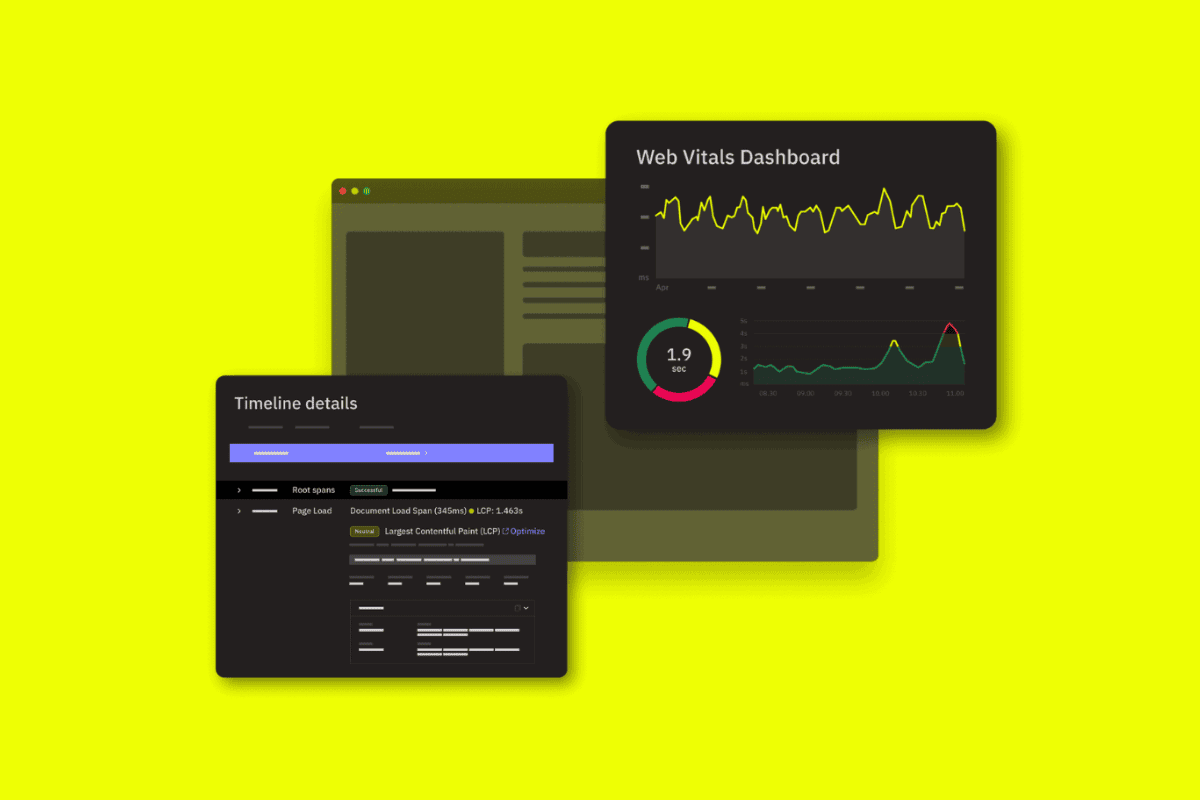
We recently expanded our product beyond mobile to offer Real User Monitoring (RUM) for websites and web apps. Now, teams can understand user experiences across every screen—mobile, web, or both.
One of the most important features of Embrace Web RUM is support for Core Web Vitals.
In this post, we’ll break down what Core Web Vitals actually are, why they matter, and how Embrace helps you track and optimize them in real time.







